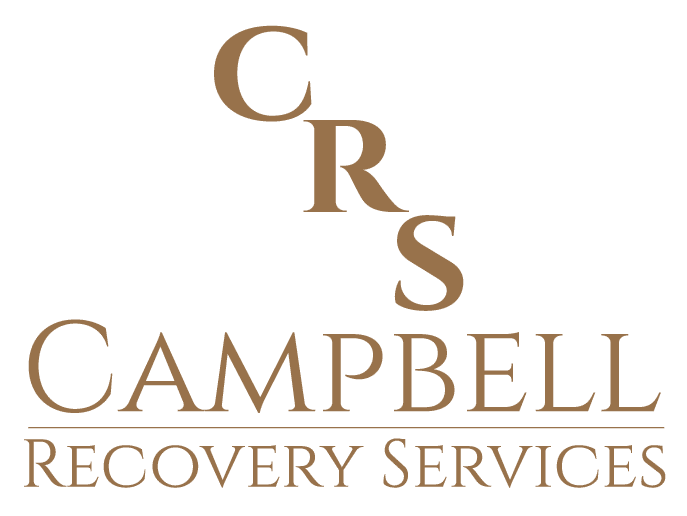One way to conduct an intervention for someone struggling with drugs or alcohol is the Johnson Model. Developed in the 1970s by Dr. Vernon Johnson, the Johnson Model of Intervention operates under the belief that the addict is out of touch with reality. The intervention’s goal is to present reality in a way that can be received by the addict. The addict is encouraged by close friends and family members to change their lifestyle for the good of themselves, as well as family around them. The goal of the Johnson Model is to motivate the addict, not place blame or guilt that would cause them to become defensive. The motivating factor is to seek treatment for their addiction for themselves, but also those participating in the intervention.
How to Conduct an Intervention Using the Johnson Model
There are seven components to this intervention model. The first item to the Johnson Model is ‘Team’. This is the group that will be participating in the intervention, often organized by a counselor experienced in the Johnson Model of Intervention. This can be friends, family, colleagues, and others who are in the addict’s life. The next component is ‘Planning’. At this stage the trained interventionist and the team will plan what is going to be said during the intervention through carefully thought-out letters to the addict.
The third component is ‘Focused on Care’, where everyone is careful not to yell or blame the addict for their behavior. This is important to continue from the start of the intervention to the end. ‘Addiction Only’ is the fourth component. The only thing that should be brought up during the Johnson Model intervention is addiction. Past trauma and negative feelings should not be discussed at this time, as they complicate the message and leave the addict feeling attacked and defensive.
‘Evidence’ is the fifth component. Anything pertaining to the addiction that wants to be brought up during the intervention should be factually represented and written out in letters so as not to deviate from the message. The sixth component is ‘Primary Goal’ with the agreed-upon end goal being that the individual will seek treatment for their addiction. This should not be presented as a punishment, but instead as a way to vastly improve the addict’s life.
The final component is ‘Treatment Options’. The goal of the intervention should be to have the addict seek treatment. To give this the best chance of happening, the team should prepare several different options for treatment. This can range from in-patient residential treatment to out-patient therapy. When presented with choices like this, the addict will be able to feel like they are in control of the final decision.
By approaching the intervention in a non-judgmental and factual way using the Johnson Model, the goal is for the addict to accept the information without feeling defensive. A trained interventionist can help to make sure the Johnson Model is followed by those in attendance, mediating the intervention, to give the addict the best chance to choose recovery.





